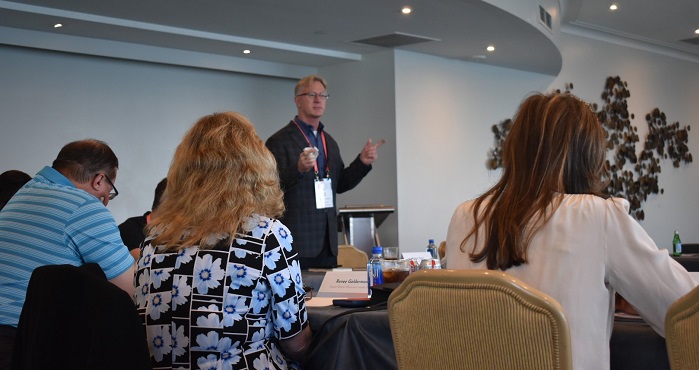
With challenges such as the rising cost of healthcare, red tape that can create obstacles to providing quality patient care, or adjustments that come with increased transparency requirements, it can be easy to let discouragement color your outlook on the future of the healthcare industry. But I sincerely believe that this is the best time in history to be part of this field. We have the ability to impact people’s lives and futures like never before. There are countless technological innovations that are truly providing better care for patients at lower cost, creating better patient experiences and thriving communities.
I have had the privilege of working with several developers and inventors who are designing cutting-edge innovations that give me such hope and excitement for the future of healthcare. Here are just a few examples:
Improving patient experience
Wait times in a clinic or hospital ER have long been pain points for patients—and healthcare organizations are feeling the pain too in the form of low patient satisfaction scores that negatively impact reimbursement from insurance companies. Technology is being developed that gives updates on wait times and care directly to the phones of people in the waiting room via Bluetooth connections. Furthermore, hospitals can use this data to track and improve their process flow to reduce wait times, educate their staff, and lower the cost of care by increasing efficiency. Read full article.
Connect with us on LinkedIn, join our Active Network Program and look at the other areas of connection we offer.





